My Metate & Me: Making Corn Tortillas a Mano
- December 2020
- By Adrian Ruddock
- Recipe from Mexico
-
- (5)
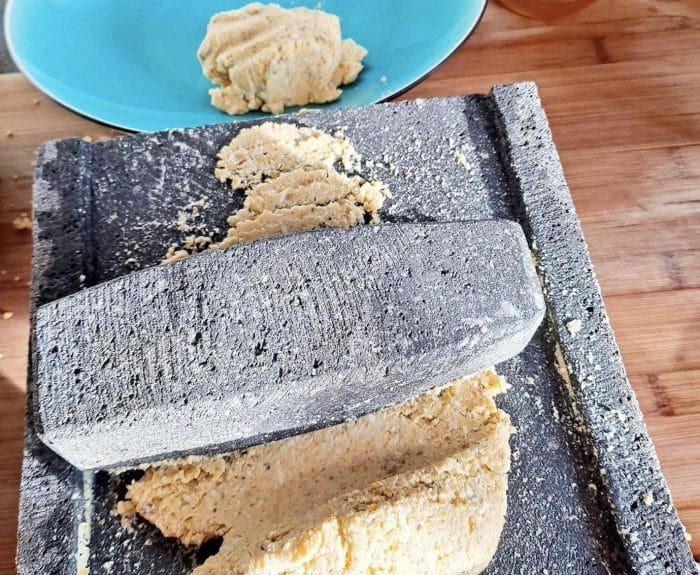
While others perfected sourdough, videos of abuelitas grinding corn on metates and slapping around the masa were my pandemic lullabies.
If this pandemic experience has validated anything it’s that chaos is necessary for creating something new.
Like many people I channeled my anxiety, sadness and unease with the state of the world—my world, our world—into projects. But while folks were perfecting sourdough, I was beginning my journey back to the food and methodology of our ancestors.
I’m Mexican-American by way of my father, so I felt the best place to start was learning about the conquest of Mexico: in detail. I listened to podcasts, dove into primary sources like Bernal Díaz del Castillo’s The True History of the Conquest of New Spain and taught myself a working knowledge of Nahuatl. Castillo’s is a first-hand account and in it he mentions food quite a bit—which got me to thinking…. The same foods the Spanish encountered at the time of the conquest are still being eaten today.
Most people are now familiar with blue corn, but have you seen black, red or green? Each variety of corn also has a distinct flavor profile and who wouldn’t love a pink tortilla? Buying heirloom corn not only supports small economies, it protects the biodiversity of the corn as our indigenous legacy to be enjoyed by generations to come.
—Adrian Ruddock
No other crop is more sacred than corn in Mexico. What makes it all the more incredible is that it was bred thousands of years ago from teosinte, a type of grass. Nothing can transport a person across borders and through time and space like food. If I wanted to experience history first-hand, I would have to make it a mano.
First I bought a molcajete and then a metate. These are volcanic stone cooking tools that date back thousands of years in Mesoamerica and are still used today. Metates were primarily used to make masa or corn dough for tortillas. I once read that Aztec women (Aztecs actually referred to themselves as Mexica) would spend five to six hours a day just grinding corn on a metate.
After using one myself I don’t doubt that estimate, I got what I like to call “masa stigmata” or abrasions on the palm of my hand from working the masa too hard.
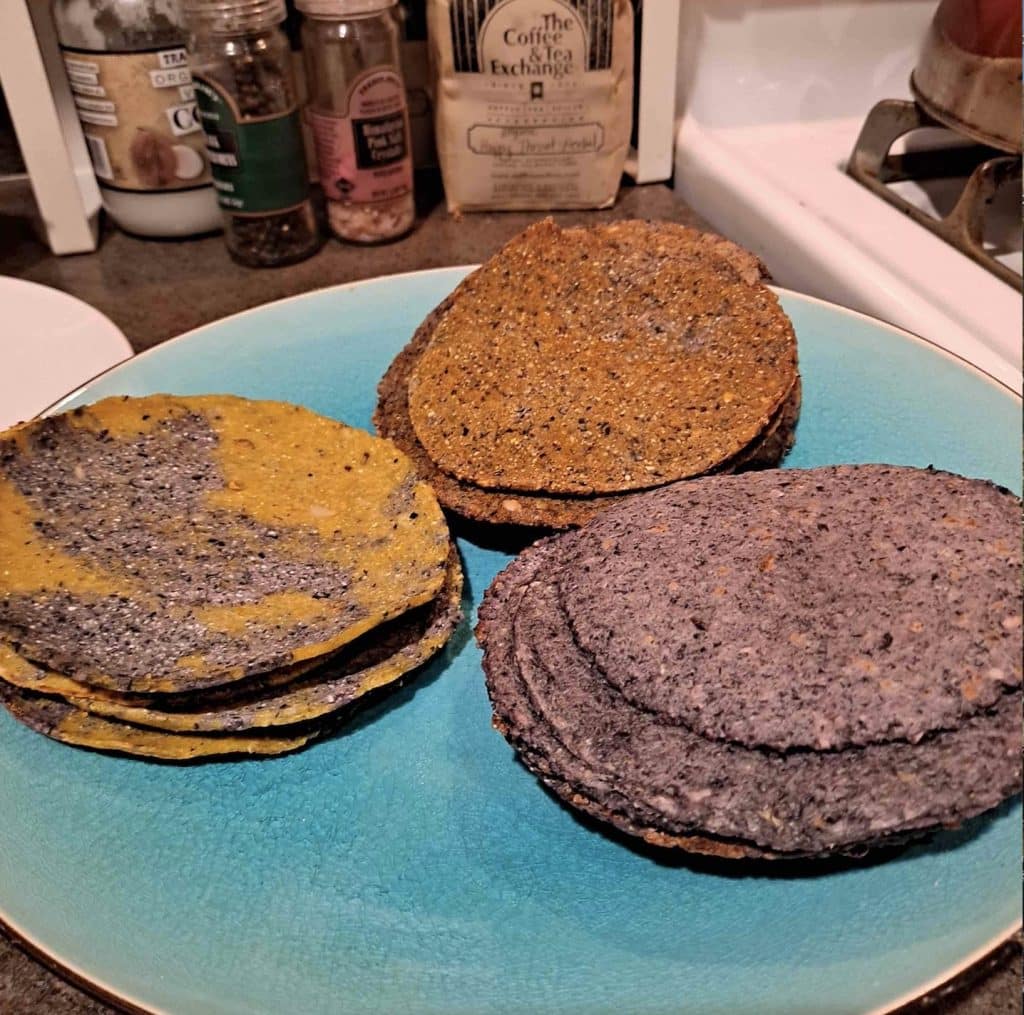
Ideally, there would be an elder, a grandmother, a tía even, to teach me to not injure myself, but most folks these days buy factory tortillas or a bag of masa harina, which has become the modern standard of homemade.
The corn that we get in the United States is primarily yellow dent and the majority of it is genetically modified: 92% according to the Center for Food Safety. What also goes hand in hand with genetically modified corn are an increased use of herbicides, specifically glyphosate: better known by its brand name: Roundup.
Personally, I can’t eat regular corn or corn products anymore without having a pretty instant inflammatory reaction, which made finding better corn from its point of origin even more crucial. I can’t live without Mexican food. Nor should I have to.
The last decade has seen a resurgence in interest and government protection for indigenous corn in Mexico, making the phrase “No hay maíz, no hay país” a popular one. There are still about 60 varieties of corn in Mexico (mostly in Oaxaca) and they come in a beautiful array of colors with varying starch ratios. Most people are now familiar with blue corn, but have you seen black, red or green? Each variety of corn also has a distinct flavor profile and who wouldn’t love a pink tortilla?
These types of heirloom varieties are also grown on small farms or milpas where traditional cultivation practices are still used. Buying heirloom corn not only supports small economies, it protects the biodiversity of the corn as our indigenous legacy to be enjoyed by generations to come.
Finding heirloom corn is not a walk to the corner store. Supply chains in the states are not as established or accessible as they are in Mexico but the one that I use is very responsive and dependable—Masienda.
Incidentally CEO and founder Jorge Gaviria got the idea for Masienda when he was holed up in New York during Hurricane Sandy—another inspiration born from chaos.
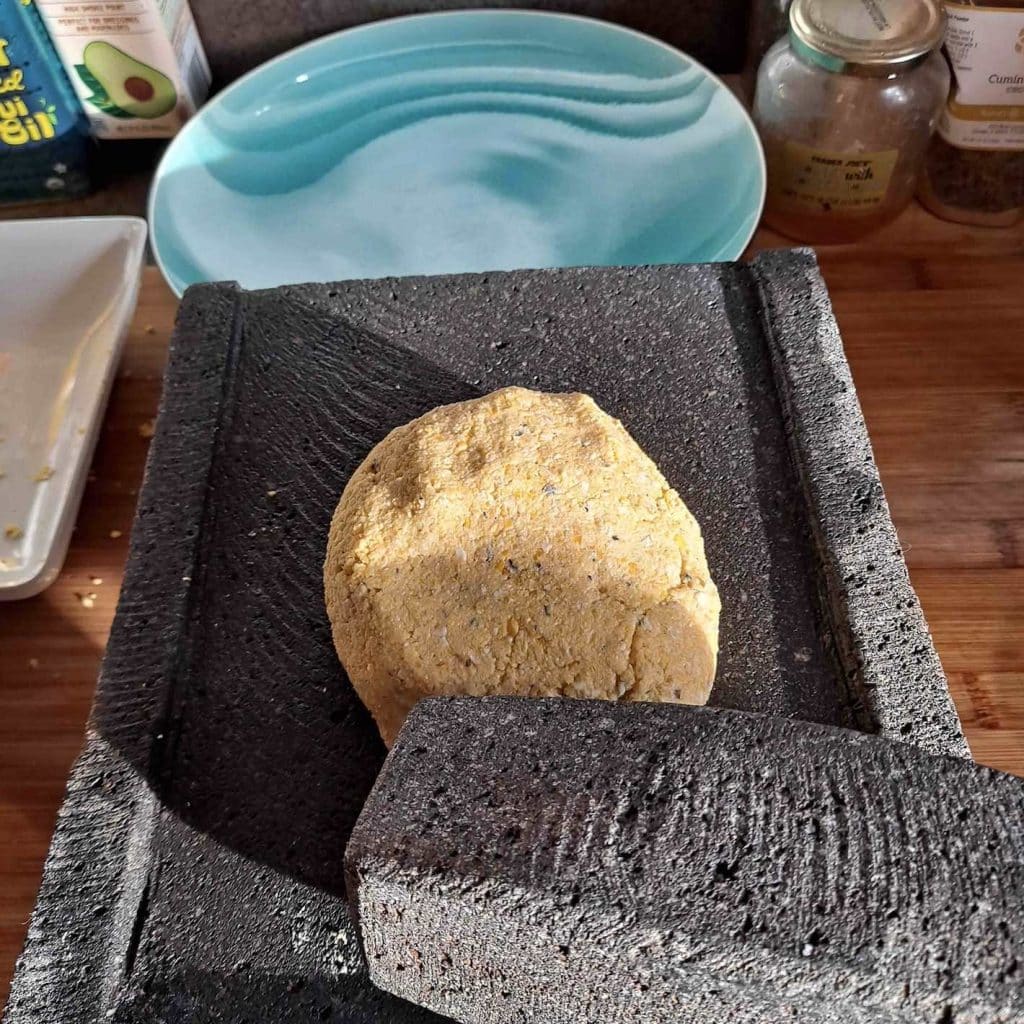
What you don’t get when you make masa with store-bought harina is the alchemy, the magic of nixtamalization that makes the corn more nutritious and it’s incredibly simple. All you need to do is add calcium hydroxide or cal to the water when cooking the dried kernels (about 1% of the weight of the corn) and leave it to sit overnight: 8 to 12 hours. That one step makes the calcium, niacin and B3 vitamins contained in the corn bioavailable.
A Conico Azul kernel cooks and tastes differently than an Xocoyul Rosado and so the art comes with doing—and doing it often. How long to cook, how much cal to use and how much to rinse and agitate the cooked kernels are important nuances that impact flavor within the process. Finding your particular brand of perfect is a journey and then learning how to grind manually on the metate is a whole other level.
Even though I didn’t have anyone in person to teach me how to use a metate, I am incredibly grateful to the Mexican women sharing their knowledge on YouTube, otherwise it would have been even harder.
The videos of abuelitas grinding corn on metates and slapping around the masa were my pandemic lullabies. I would study every flick of the wrist, strain my eyes in an attempt to understand the texture and consistency of the masa. How did it stay together in such a perfect malleable blob? How did they get the masa to yield to their hands like that?
At first my tortillas had craggy uneven edges, because they needed to be more finely ground. Now I’ve come to learn that the masa needs to feel like what reminds me of the supple cheek of my daughter when she was 3. Collagen is wasted on the youth.
Every time I make tortillas by hand I not only improve them, but I deepen my appreciation and connection for those that came before who engineered a crop and a process that would feed and sustain generations to come.
MoreLike This

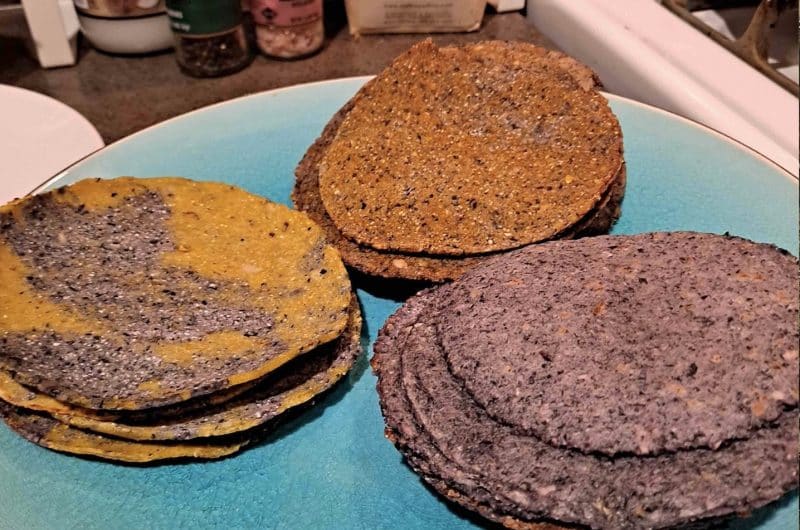
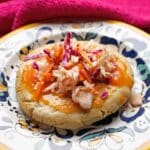
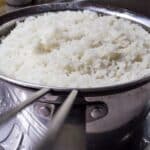
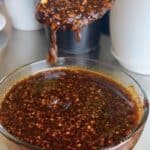
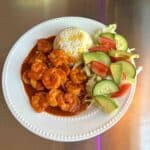
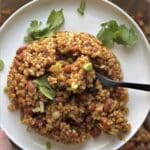


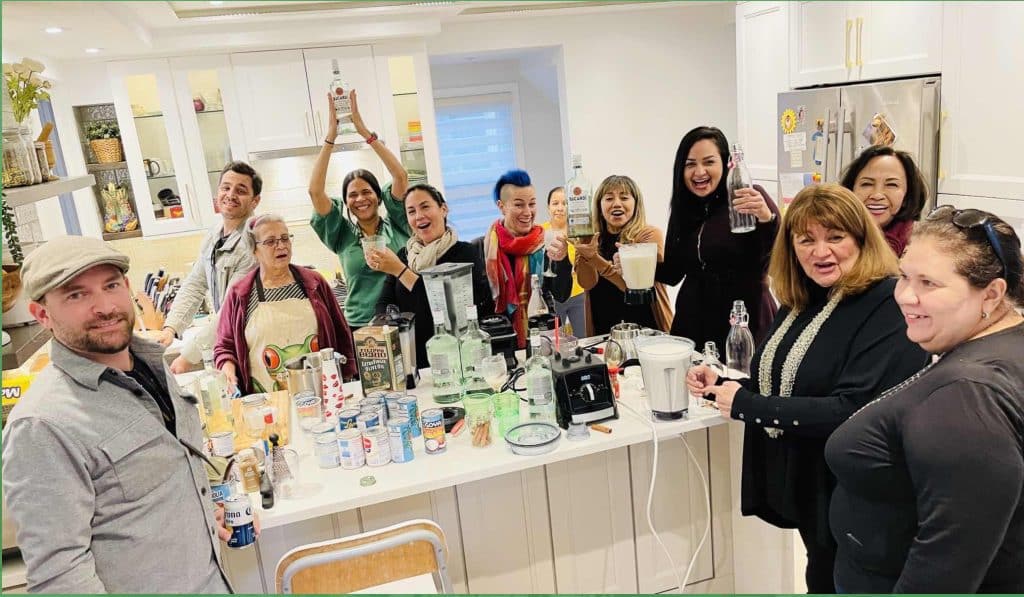
Got a question or suggestion?
Please rate this recipe and leave any tips, substitutions, or Qs you have!
Suggestions and questions from our readers
Looks fantastic!
This is so fascinating and informative – thank you so much! I love corn and tortillas but I’m also unable to tolerate mainstream corn. I’m really kicked to learn about indigenous varieties from Mexico.